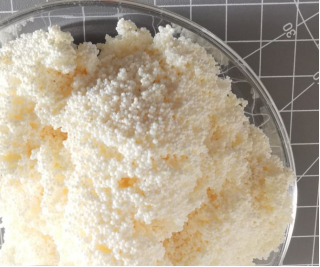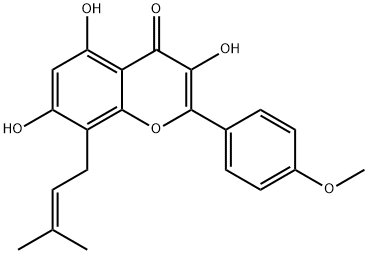Polyvinylpyrrolidone literature
Pharmaceutical composition intended in particular for the prevention and the treatment of radiomucositis and chemomucositis
-
, (2008/06/13)
The invention concerns a pharmaceutical composition designed to adhere to a mucous membrane for preventing or treating radiotherapy-related and chemotherapy-related mucositis, induced by radiotherapy or combined radiochemotherapy, comprising an effective amount of an antiradical compound mixed with a vehicle, which is liquid at room temperature and gels at the mucous membrane temperature and capable of adhering to the mucous membrane by its gelled status.
Polyvinylpyrrolidone composition and processes for its production
-
Page/Page column 5-6, (2008/06/13)
A polyvinylpyrrolidone composition in a form of a solid preparation or an aqueous solution, the composition including polyvinylpyrrolidone, ammonia, and a secondary amine, and processes for producing the polyvinylpyrrolidone composition, the first process including heat drying a polyvinylpyrrolidone aqueous solution containing ammonia and a secondary amine to obtain the polyvinylpyrrolidone in a form of a solid preparation, the second process including adding a secondary amine to an aqueous solution containing polyvinylpyrrolidone and ammonia to obtain the polyvinylpyrrolidone composition in a form of an aqueous solution, and the third process including polymerizing N-vinyl-2-pyrrolidone using hydrogen peroxide as a polymerization initiator in a presence of a metal catalyst using ammonia as a promoter in an aqueous medium to obtain the polyvinylpyrrolidone composition in a form of an aqueous solution.
Macromolecular microparticles and methods of production and use
-
, (2008/06/13)
Microparticles formed by mixing a macromolecule with a polymer at a pH near the isoelectric point of the macromolecule and incubating the mixture in the presence of an energy source for a predetermined length of time. The microparticles are composed of homogeneously distributed, intertwined macromolecule and polymer. Each microparticle allows aqueous fluids to enter and allows solubilized macromolecule and polymer to exit the microparticle and may be formulated to provide a sustained release of macromolecule and polymer from the interior of the microparticle when placed in an appropriate aqueous medium, such as under physiological conditions. Methods of production and methods of use for research, diagnostics and therapeutics are provided.
Macromolecular microparticles and methods of production and use
-
, (2008/06/13)
Microparticles formed by mixing a macromolecule with a polymer at a pH near the isoelectric point of the macromolecule and incubating the mixture in the presence of an energy source for a predetermined length of time. The microparticles are composed of homogeneously distributed, intertwined macromolecule and polymer. Each microparticle allows aqueous fluids to enter and allows solubilized macromolecule and polymer to exit the microparticle and may be formulated to provide a sustained release of macromolecule and polymer from the interior of the microparticle when placed in an appropriate aqueous medium, such as under physiological conditions. Methods of production and methods of use for research, diagnostics and therapeutics are provided.
Polyvinylpyrrolidone Upstream and downstream
9003-39-8 Upstream product
9003-39-8 Downstream Products
-
13236-84-5
N-(diamino-[1,3,5]triazin-2-yl)-formamide
-
94-13-3
nipasol
-
99-76-3
methyl 4-hydroxylbenzoate






